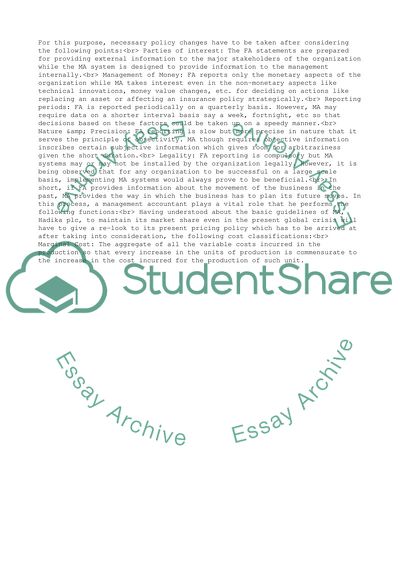Cite this document
(Cost Accounting Principles Case Study Example | Topics and Well Written Essays - 1717 words, n.d.)
Cost Accounting Principles Case Study Example | Topics and Well Written Essays - 1717 words. Retrieved from https://studentshare.org/management/1549880-managerial-finance-and-accounting
Cost Accounting Principles Case Study Example | Topics and Well Written Essays - 1717 words. Retrieved from https://studentshare.org/management/1549880-managerial-finance-and-accounting
(Cost Accounting Principles Case Study Example | Topics and Well Written Essays - 1717 Words)
Cost Accounting Principles Case Study Example | Topics and Well Written Essays - 1717 Words. https://studentshare.org/management/1549880-managerial-finance-and-accounting.
Cost Accounting Principles Case Study Example | Topics and Well Written Essays - 1717 Words. https://studentshare.org/management/1549880-managerial-finance-and-accounting.
“Cost Accounting Principles Case Study Example | Topics and Well Written Essays - 1717 Words”, n.d. https://studentshare.org/management/1549880-managerial-finance-and-accounting.


